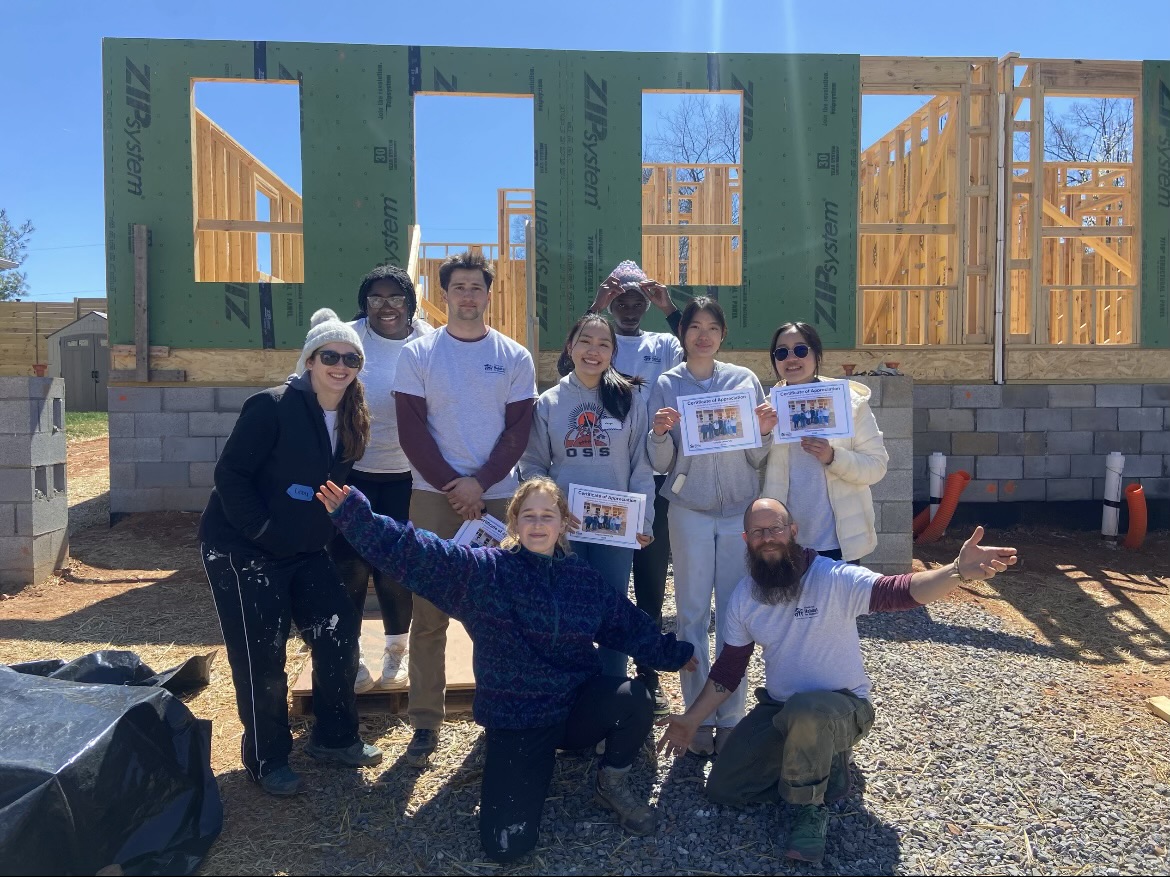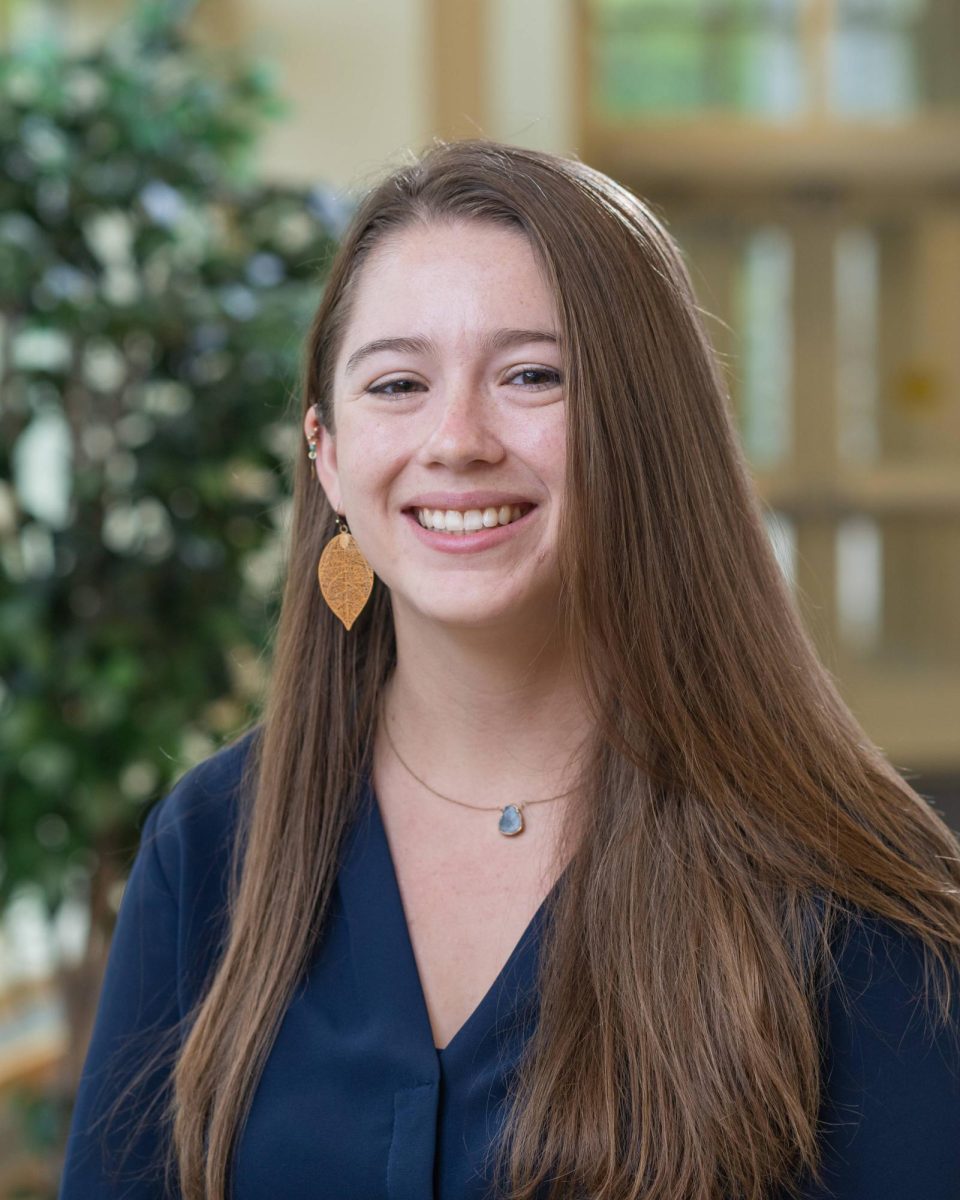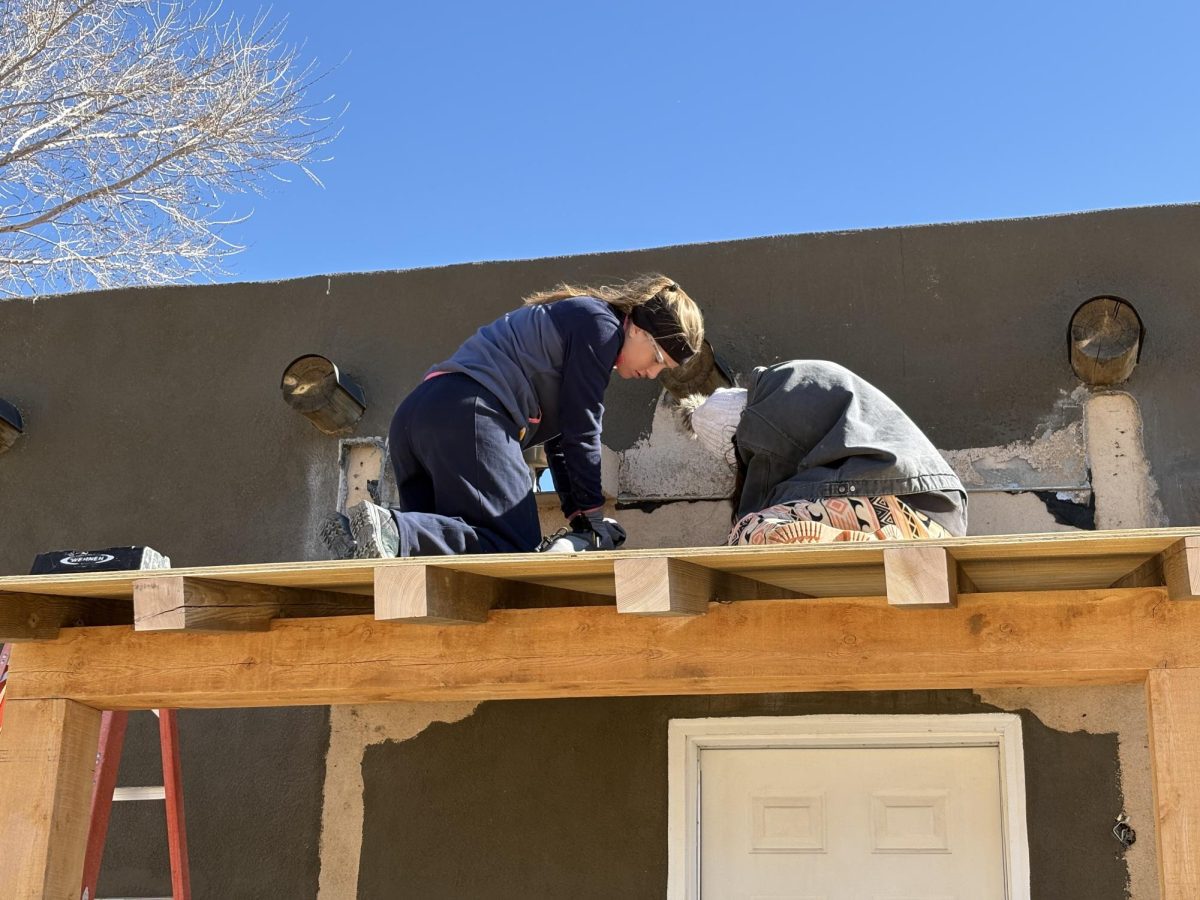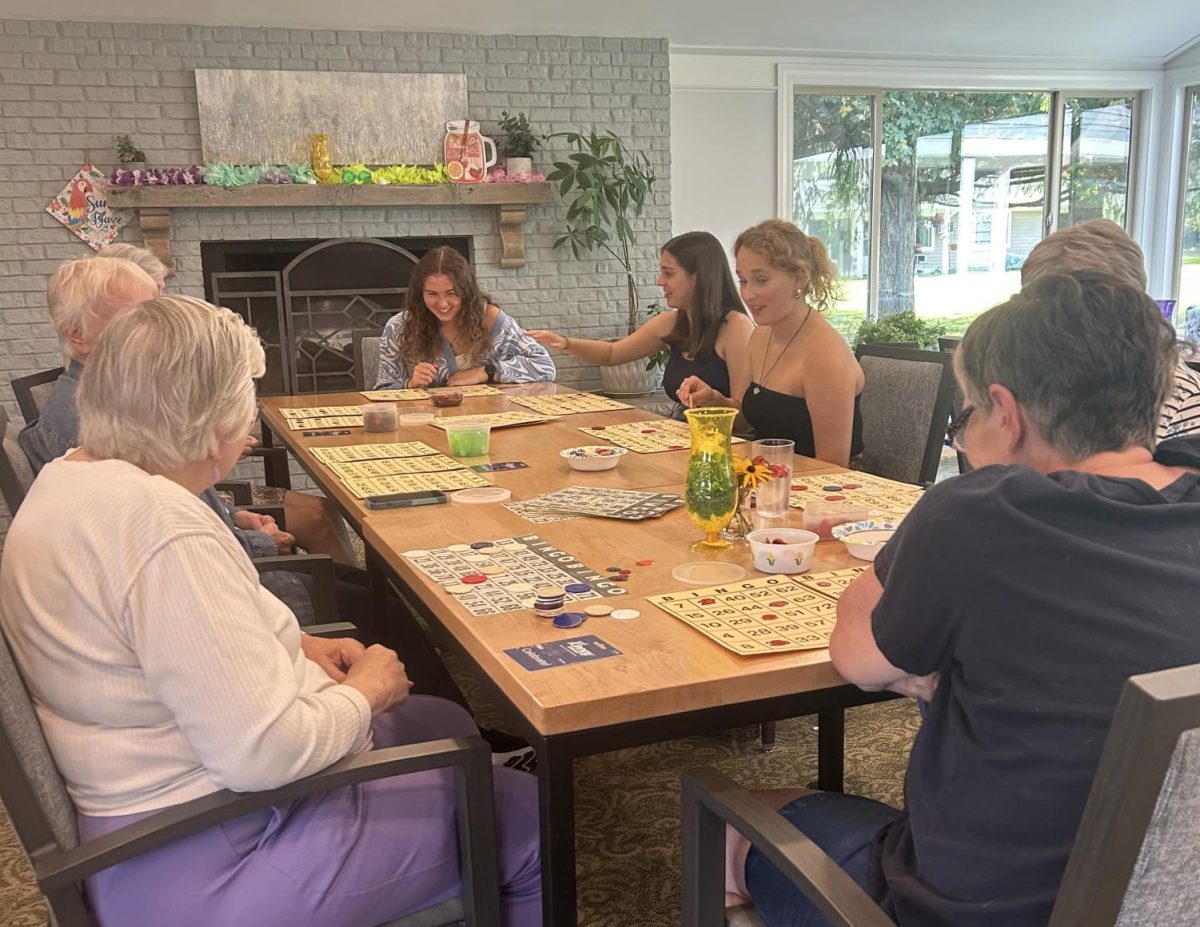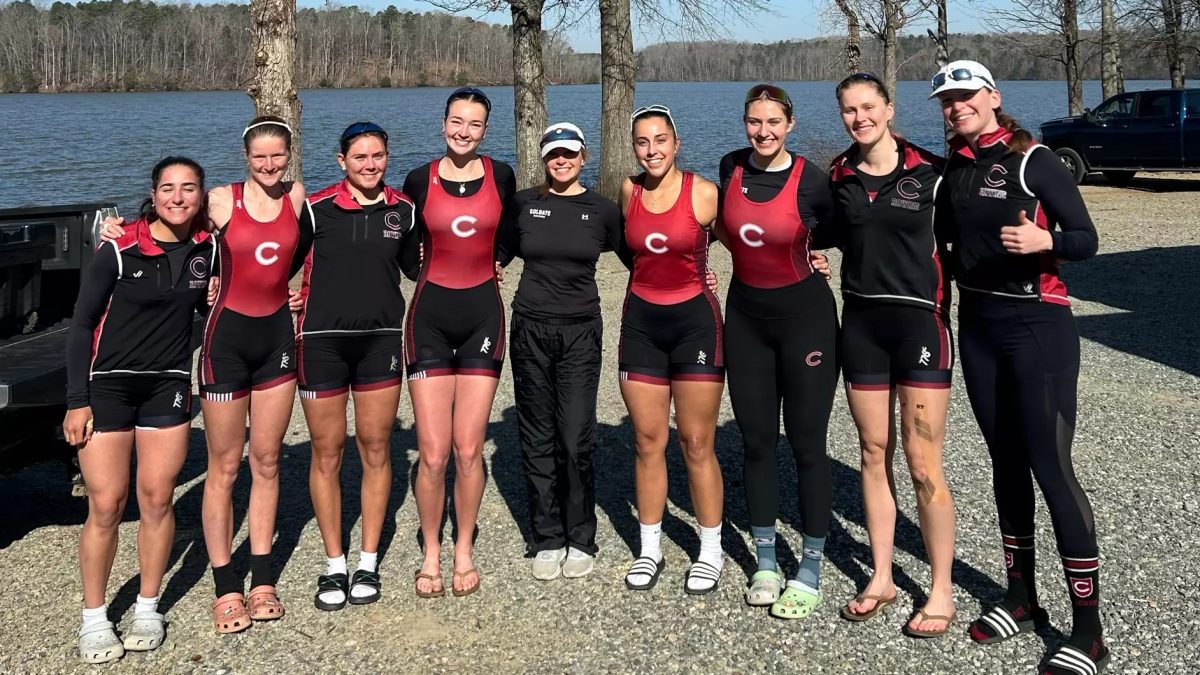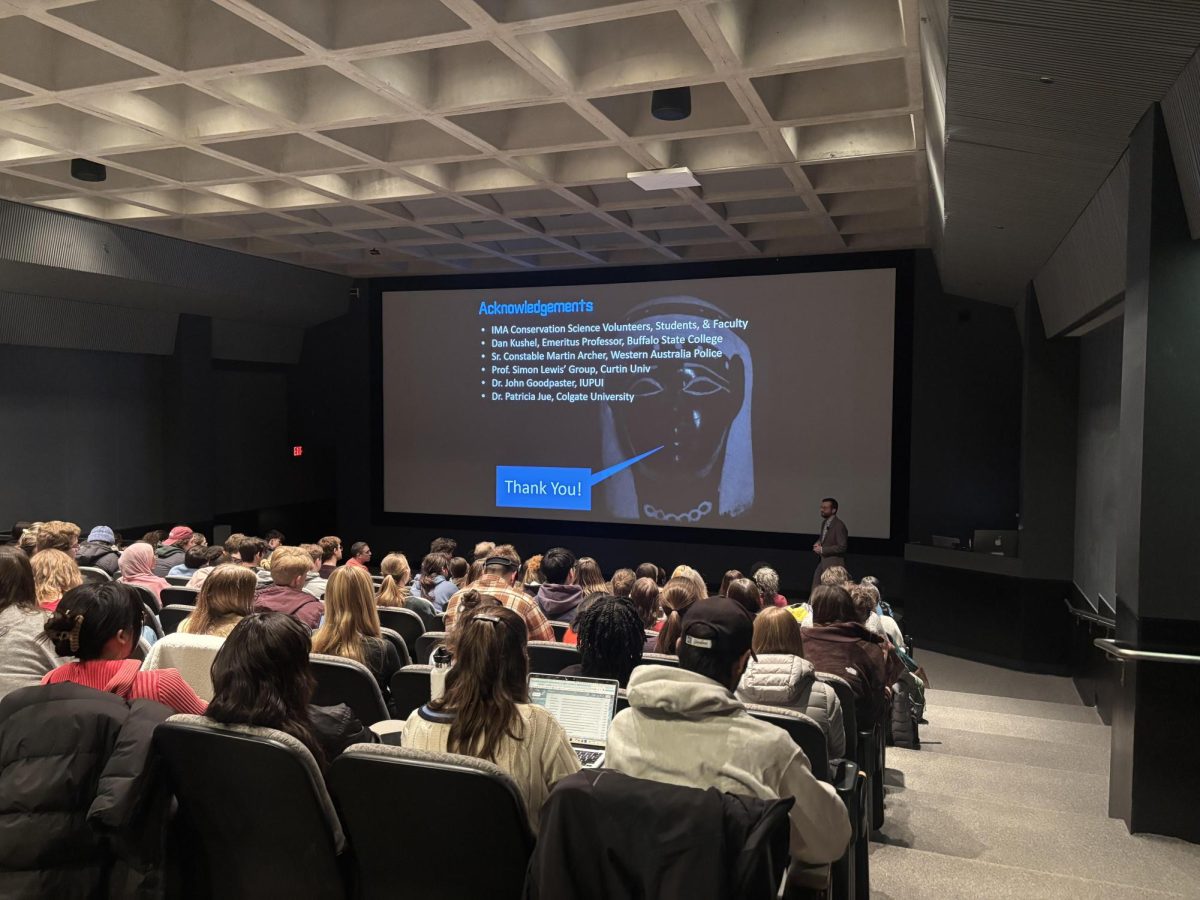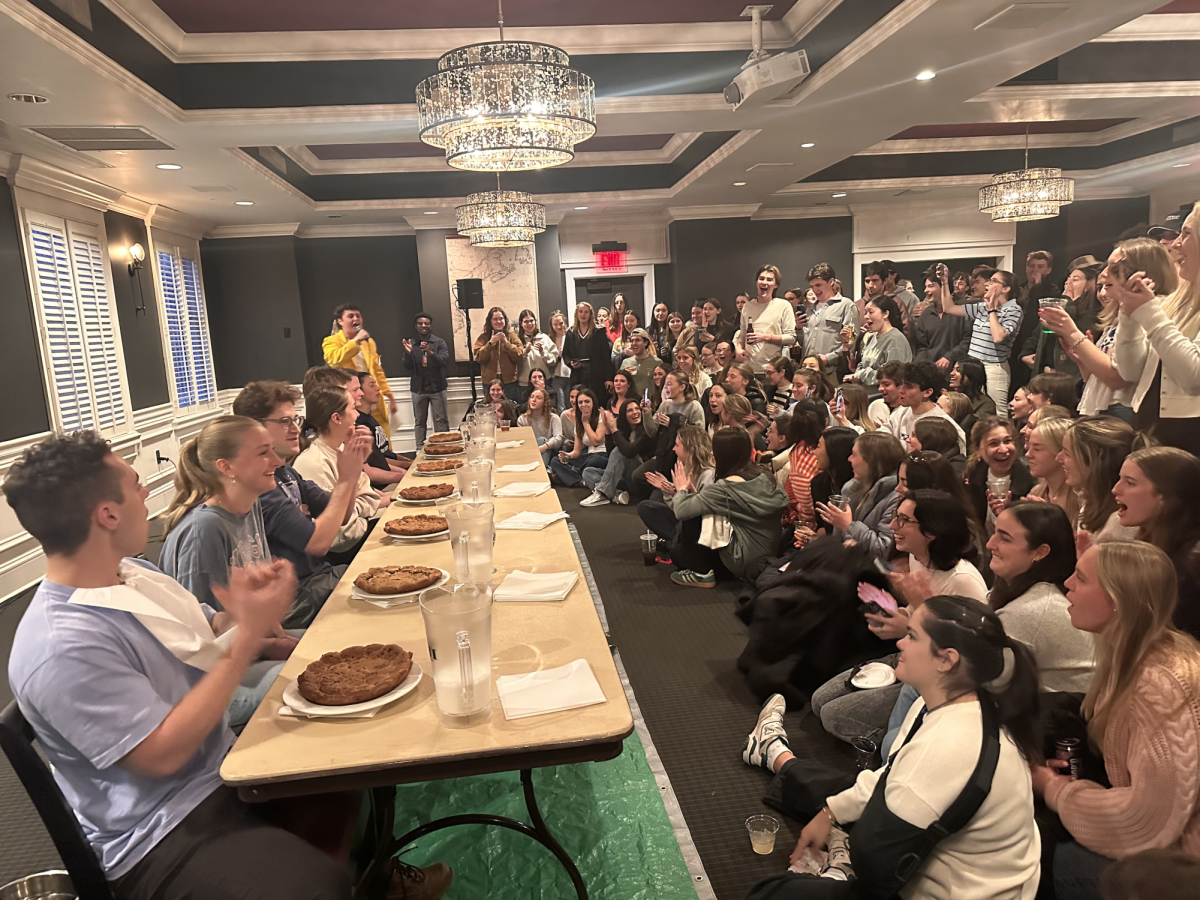In September 2024, Hurricane Helene devastated the area around Asheville, N.C., leaving a large demand for home repairs in the area. Seven Colgate students had the opportunity to assist with disaster recovery and home repair with Habitat for Humanity from March 25 to 22 as part of the Max A. Shacknai Center for Outreach, Volunteerism and Education (COVE) alternative break trips program.
Senior Avalian Rios has participated in various community service endeavors, such as the America Reads program and Colgate’s Habitat for Humanity club projects, prior to the spring break trip. However, this is the first time she attended an alternative break trip through COVE. Rios explained that as a senior, she is prioritizing taking advantage of everything Colgate has to offer within her last year — the COVE trip being one of them.
“I had always seen the alternative COVE trips on social media and emails, and I had always wanted to do one,” Rios shared. “[…] It was important to me to be involved in something that I thought was important, especially because I think it’s easy to take for [granted] that we have homes to go to after we leave here.”
During the trip, Colgate students worked on a different project for a different house each day. They were instructed on how to properly execute framing, place sod and plant trees. The uplifting learning environment that Habitat for Humanity created made this process less intimidating.
“They taught us and gave us the leeway to really try and learn how to do it ourselves. And when we did make a mistake, […] they weren’t judgemental at all,” Rios described. “I think our first framing wall that we had built took us 20 minutes, and then as we gradually went through and got more confident, it took us less and less time.”
The structure of the trip allowed students to participate in various stages of the building process while in Asheville. Junior Paige Mizutani described how this allowed volunteers to appreciate the progress made at each stage of the project.
“When we did the framing, at the beginning of the day we were standing in a big rectangle with only the exterior walls. By the end of the day, there were actually rooms and doorways, so you could start to imagine where someone’s future kitchen — living room, laundry room, etc. — would be,” Mizutanni said. “When we rolled out the sod for another house, in the morning there was a house surrounded by dirt, and by the end, there was a home with a new lawn and trees that you could imagine kids playing on.”
Students wrote secret messages to new homeowners on wood studs as well, which was a special moment. Along with this, trip attendants were able to interact with individuals who have been volunteering with Habitat for Humanity for many years.
Mizutanni described her experience interacting with long-term volunteers.
“I got to talk to a [volunteer] named Jerry, who has been volunteering with his wife for the past 18 years post-retirement. He was telling me how revisiting neighborhoods he helped build and seeing the children get off the school buses and run to their new homes was so fulfilling that it’s kept him volunteering for nearly two decades,” Mizutanni said. “ […] Everyone I talked to really appreciated us coming to help out, but we all appreciated them for welcoming us into the Habitat family, teaching us new skills, and showing us their unparalleled patience.”
Student attendants left Asheville with a strengthened appreciation for community service and each other, as they became quite close throughout the trip. In particular, interactions between volunteers and house recipients seemed to stand out the most.
“There was a day, I think Wednesday, where we got to meet and talk to one of the families who one of the houses was going to be given to at the end of May or June,” Rios said. “On the day we were painting, we didn’t know that it was the house that was going to be theirs. It made the task not only more tangible, but more impactful.”
This moment also stood out to junior Ernest Clottey, another member of the trip.
“My most rewarding moment was witnessing the transformation of the house from a construction site into a welcoming home after we laid sod around the property,” Clottey described. “Seeing the sandy yard turn into a lush green space filled me with pride, knowing that I played a role in making the house feel complete. The most touching part was meeting the family who would soon live there — their joy and gratitude made all the hard work worthwhile.”
Mizutanni concluded that this trip strengthened her appreciation for community service, as well as the people and values of the Colgate community.
“Doing good with good people makes for an amazing experience, and this trip made me prouder to be a Colgate student, knowing I go to school with such wonderful, hardworking and good-hearted people,” Mizutanni said. “The week was full of many laughs, good food, and special memories that will stay with me for many years. If anyone’s thinking about signing up for a COVE trip, I would highly recommend it.”


